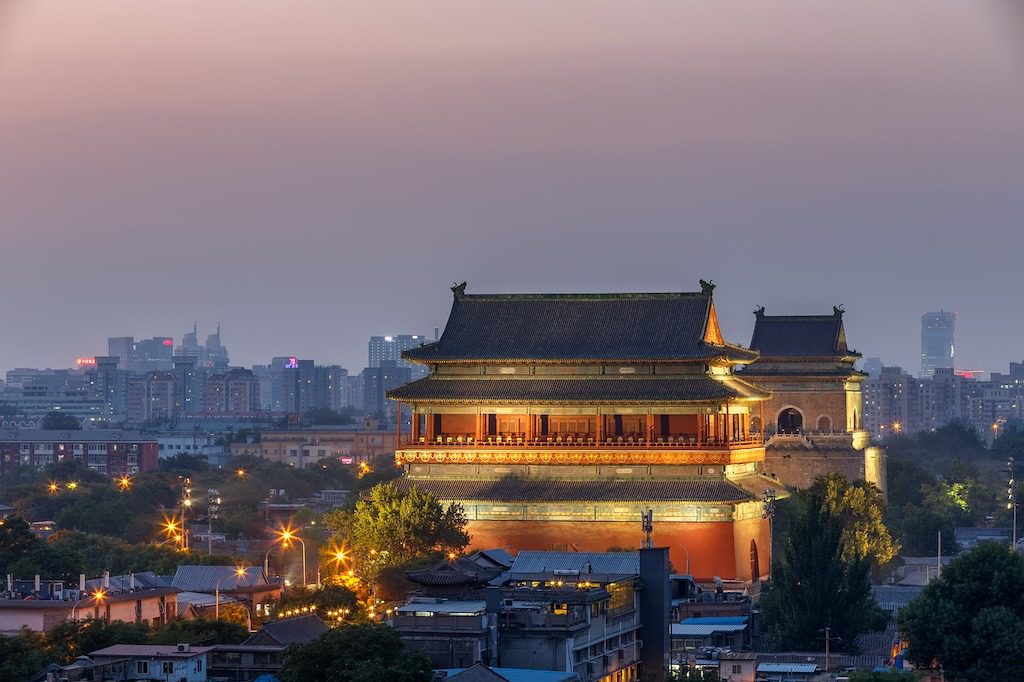
Mainland China’s hotel industry has throttled out of coronavirus shutdowns and record-low occupancy rates to hosting a mix of leisure and business travel — save for a recent resurgence of coronavirus cases in Beijing.
Hotel owners elsewhere in the world should see China’s rebound trajectory both as good news and a cautionary tale.
“This does point to the kind of story we are likely to see for the coming months across the world,” said Robin Rossman, managing director of STR’s international business. “Markets will recover to the level that they’re able to with the demand that is able to reach them based on whatever social distancing or border controls there are in place. At any stage, a flare-up can cause that to dip back down.”
Mainland China’s average hotel occupancy bottomed at 7 percent in early February but rebounded to as high as 52 percent the week of June 13, according to STR. Clearing the 50 percent threshold meant business travel had begun to return, and data even showed mid-week demand eclipsed weekend demand, Rossman said.
When and if cases flare up during the reopening, China has taken a localized strategy. Authorities ordered travel restrictions, contact tracing, and a surge in testing in Beijing in response to the roughly 270 cases reported there since June 11. The Chinese government claims the flare-up has been contained.
Drive-to and leisure travel was the first to return to China following the lift on travel restrictions, which meant there was a faster recovery in non-city center markets. But even China’s top-tier cities were beginning to show signs of a recovery in recent weeks. Shenzhen narrowed its occupancy rate gap with 2019 levels from 60 percent the week of April 20 to 30 percent in early May, according to STR.
“That was promising because I was concerned and am concerned for Europe and the U.S. there will be this divide between cities and outside the big cities,” Rossman said.
U.S. hoteliers should especially view the momentum as a sign of good things to come. China and the U.S. have similarly strong domestic traveler fundamentals to their respective tourism economies, so much so that Marriott CEO Arne Sorenson predicted the two countries would significantly lead Europe in the hotel industry’s recovery from coronavirus shutdowns.
There is a strong correlation between China and the U.S. in terms of revenue per available room and occupancy, according to SunTrust Robinson Humphrey analysis earlier this month. Given China’s earlier outbreak and lockdowns, it is leading the U.S. by about seven weeks in their similar recovery path.
“Through last week, the correlation remained intact,” said Patrick Scholes, managing director of lodging and leisure equity research at SunTrust Robinson Humphrey. “Where the correlation may break going forward is if the U.S. goes into another massive shutdown, which just may happen.”
Stalled Takeoff
Progress isn’t entirely linear, both in China and the U.S.
Beijing’s recent flare-up ushered in a new round of travel restrictions to combat against the threat of a second wave of the virus spreading through China.
While it is still too early to determine any long-term impact to China’s still-recovering hotel industry, occupancy rates in Beijing dropped from 50 percent to 20 percent in a week, Rossman said. The sharp decline was enough to drag Mainland China’s overall hotel occupancy down from its 52 percent high to 47 percent two weeks ago and reverse some of the positive growth in the country’s largest cities.
“Immediately after the flare-up, we did see a bit of a plateau being hit,” Rossman said. “Hopefully, it’s a short-term thing and recovery continues when that gets resolved.”
The U.S. is now grappling with its own case spike. At least 12 states, including Texas and California, have paused their economic reopening plans due to rising coronavirus case counts. The 40,173 new cases reported across the U.S. Friday was a new single-day record for the country.
Hoteliers have already acknowledged the U.S. hotel recovery can only go so far on leisure travel alone, as roughly a third of room revenue at luxury and upper upscale hotels comes from group business travel.
Rising case counts in Sun Belt states last week could even take a toll on what had been strong-performing resort destinations. But the upcoming U.S. Independence Day holiday weekend may defer any negative impact to the hotel industry.
“I don’t think what happened is going to stop anyone from pursuing their Fourth of July holiday weekend travel, as long as hotels are still open,” Rossman said. “It will be interesting to see what happens beyond that, if cases do continue to climb, and if it causes a plateau in the U.S. hotel market recovery.”
"hotel" - Google News
June 30, 2020 at 03:00AM
https://ift.tt/31t7hjm
What Global Hoteliers Need to Learn From China’s Hotel Recovery … and Hiccup - Skift
"hotel" - Google News
https://ift.tt/3aTFdGH
https://ift.tt/2xwvOre
Bagikan Berita Ini














0 Response to "What Global Hoteliers Need to Learn From China’s Hotel Recovery … and Hiccup - Skift"
Post a Comment